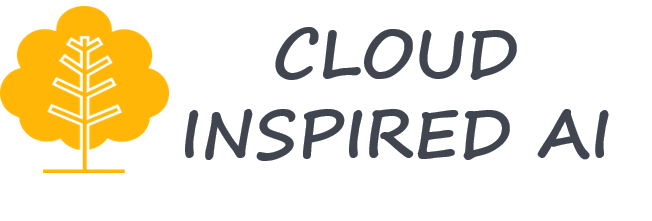
First of all, I wanted to clarify that cloud transformation isn’t just about building your personal cloud or migrating your workloads to public cloud using virtual servers and cloud services to save money or gain performance for a specific application or capability. It is a mechanism to reach your organizational vision on either “Digitalization” or “Customer centricity” or “Data driven company” or “AI company” or many other business/technical motivations. It is important to start with this reason and broadly think about who you are doing this for and what is the impact? Do not underestimate the importance of broader engagement required from senior leadership level. This is an opportunity for senior executives to provide direction, support and constantly feedback through this journey to leverage the power of this program towards company mission and steer your company culture towards our digital or customer centric goals.
I see several organizations (Segment 1) have not started their cloud journey or just began with early experiments. Several more companies (Segment 2) have been using the cloud, but they do not have right vision/strategy, business objectives, and goals to track and measure their success or maturity. Many early adopters and strategists (Segment 3) have achieved successful cloud transformation through different routes. If you follow the behaviors of these successful transformers closely and try to summarize the approach they have taken, it simplifies into two high level strategies, 1) top-down approach – where programs were initiated from company level vision and led with structured program governance, and led the business-managed, technology-enabled transformation, 2) bottom-up approach – where business/tech teams on the ground have taken critical/interesting use cases or pain points, conducted experiments, motivated the teams around and bubbled up the innovation, and finally teams made business cases to senior executives to get ongoing support to achieve their key strategic objectives. In both these approaches, there is one thing in common, which is strong collaboration and ownership between senior leadership and tech/innovation teams. This is clear indicator for success among all successful companies.
My objective is to provide my learning and guidance to customers (segments 1 and 2 above) that can help make right choices to plan their next steps towards successful cloud transformation journey. My strong advice is start with a discussion around, a) why you are doing this? b) who is getting benefited? before jumping into tactical steps of “how to solve a problem” on day 1. You need to involve right audience and right levels from both business and IT to have this discussion. Depending on if you are a start-up, your priorities, your current maturity, expertise, business/IT collaboration, and your answers to the above why and who questions, you may end up in taking either top-down or bottom-approach or hybrid. Irrespective what approaches you take; it is important to drive the collaboration between senior leadership and innovators through different business groups as mediums.
Top down approach:
You may be leading this discussion from senior leadership level, then you need to align with your business/technology vision (e.g.: customer centricity, digital or data driven company, IT services consolidation, cost optimization, etc.), come up with right strategy, issue prioritization, business group alignment, and thought leader guidance, expertise/team to lead this journey in incremental steps managing this change and communication around success.
Bottom up approach:
You may be leading this discussion at the junior to mid-levels based on your passion to drive innovation or address a pain point. In this case, why question is addressed through these reasons of pain or gain. You will then need to address who will get benefited from this broadly beyond yourself. Talk to some of the business and IT teams to learn who else is experiencing the similar pain or share your ideas so that others get bought into your ideas before you start executing on your own ideas individually.
Key drivers or expectations to target:
Based on your company scenario, you may have different expectations around, – driving user adoption through better compliance and information security, build confidence on your teams through availability and reliability, bring operational efficiency and cost savings through performance, satisfy IT compliance through system security, migratability, , infrastructure optimization/consolidation. There cold be many other requirements around these dimensions across different groups. It is important to capture these well and work towards achieving these to get better alignment and drive adoption.
Defining scope of the cloud transformation:
Depending on your mission towards company vision or to address specific business and technology problems, your scope can be at capability, department, or organization level. Capabilities are categorized broadly into enterprise wide assets (e.g.: R&D, supply chain, CRM, ERP/Purchasing, Inventory, Finance, HR), transactional systems(e.g.: sales, business activity), business applications (e.g.: planning, operations and support tools), Web applications (e.g.: company websites, customer portals, content management), decision support systems (e.g.: historical data repositories, Data warehouses, Master data management, BI, predictive/experimental analytics, data science).
Based on your long-term vision for this cloud/ strategy, you must identify your organizational business processes around the broader eco-system and re-engineer them based on your new vision to create a long term view of how businesses interact. You also need to take current dependencies into account. Integration of your long-term vision, current requirements and dependencies, future state processes and priorities that will help you create right strategy and roadmap to achieve your final goal. Technology will play an important role assuming you show this diligence. Depending on your internal expertise, please involve business strategists, technology thought leaders, and architects in the initial discussions to help you assess and provide right recommendations as per your situation. These assessments with right leadership and advisory are worth investing before you make big changes.
I am happy to provide any additional guidance required and help connect dots. You can drop a quick note in the contact form.




